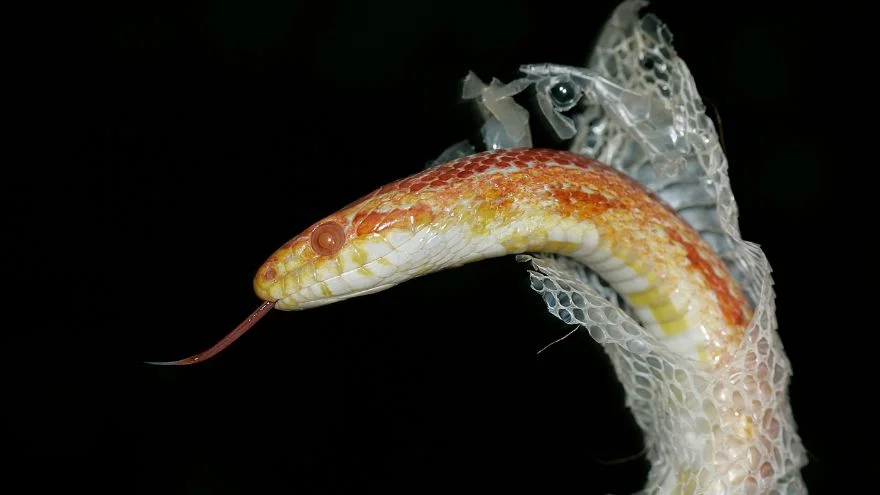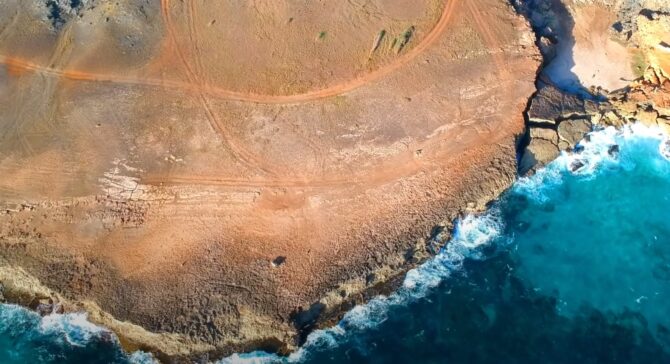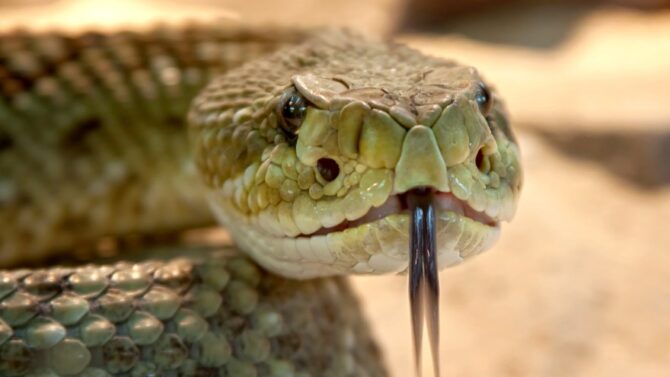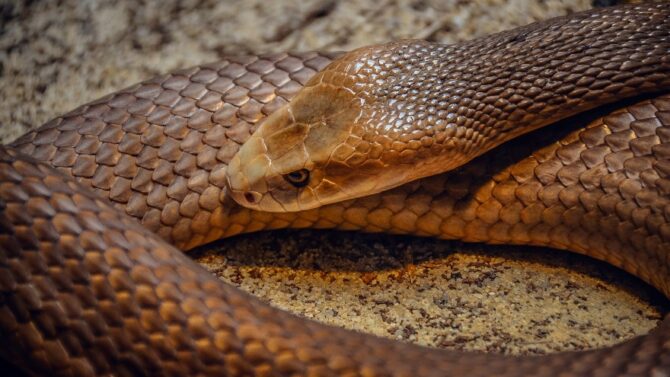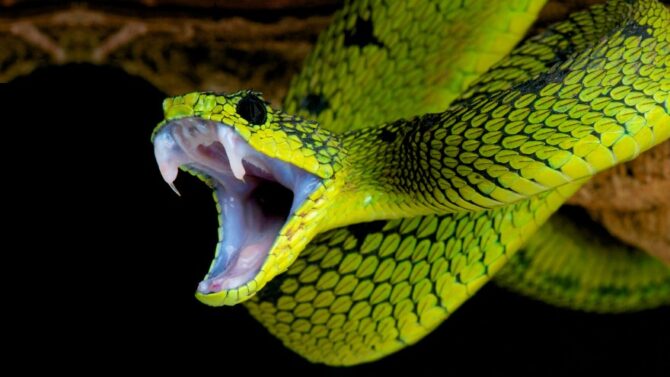Snakes shed their skin at certain moments of their lives, and this helps rejuvenate the skin and get rid of any parasite that might have found its way into the snake’s body.
Given that snakes exhibit behaviors that seem strange to humans, the question of whether or not they eat their sheds pops up. But do snakes eat their shed?
It depends on the species in question. There are different snake species, and each one has its quirks.
Some snake species might eat their shed as it is a good source of protein; others won’t. You can expect this behavior from your pet snake, but don’t be surprised if it doesn’t.
This article will focus on the purpose of shedding and expound on snakes eating their shed.
Why Do Snakes Shed?
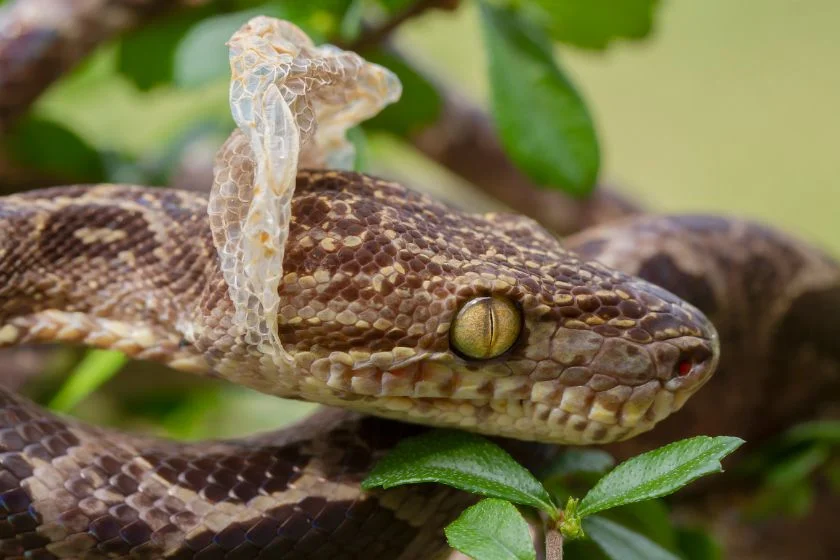
Shedding is a natural process amongst many animals and even humans shed. For snakes, shedding is a part of growth and is vital for their health.
They drop off old skin they have outgrown and get on a better one. Snake shedding occurs many times a year, often once a month.
What makes these reptiles different is their ability to shed their whole skin. Unlike many other animals, a snake’s skin doesn’t grow alongside the snake.
Consequently, the stage comes when the snake has to let go of the old skin and take on a new one. Shedding is also a good tactic for getting rid of parasites.
You’d know your pet snake is about to shed when the skin takes on a bluish color and the eyes cloud over because the snake sheds the scales on its eyes.
During this process, snakes don’t see well; they often find a good place to hide. A pet snake should not be disturbed when it is shedding.
The shedding process in snakes is called ecdysis.
How often do Snakes Shed?
There isn’t a set rule regarding the number of times snakes shed, which often boils down to a particular species.
There is a range, though, which falls between 4 to 12 years, and like once in a particular month.
To determine the rate at which your pet snake sheds, you must be observant. Look out for the signs each month and keep a record.
From there, you’ll determine how many times your snake sheds monthly and yearly.
What Do Snakes Eat to Help them Shed their Skin?
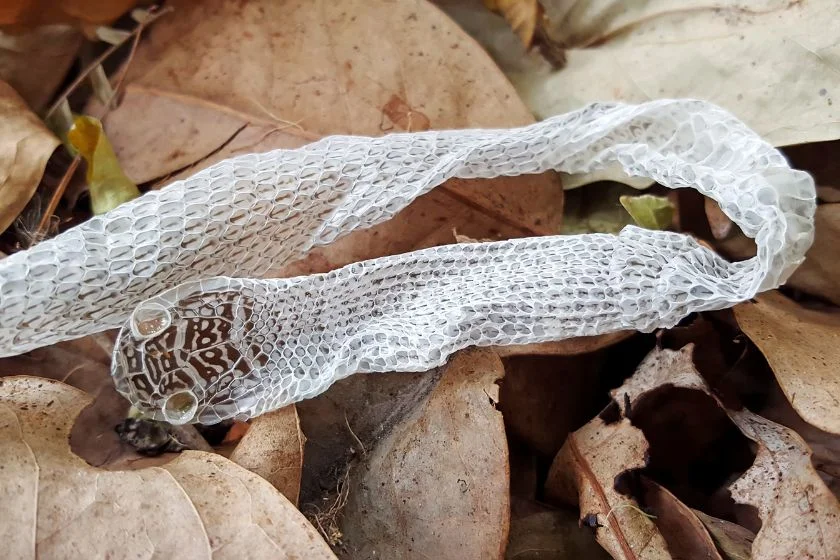
To make the shedding process easy, snakes feed on many live animals, seemingly for the protein content.
It eats rodents, insects, and even other live snakes. However, during the shedding process itself, they hardly feed.
This can be confusing for a new and inexperienced snake owner, but it is normal. You don’t need to feed the snake during the shedding process.
Also, never try to rush the process by physically removing the shedding skin.
What Happens if a Snake Doesn’t Shed?
If a snake doesn’t shed, it will be unable to grow because the skin will hinder its natural growth process. Without shedding, the snake will also be vulnerable to infection.
Sometimes snakes have problems completely shedding their skin—a condition known as dysecdysis. This could be because the habitat isn’t appropriate for the snake to shed or due to health issues.
You may need to adjust the habitat or take your snake to the veterinarian.
What Do You Do After Your Snake Sheds?
When a snake finishes shedding, you will see the old skin lying close by—if it hasn’t begun feasting on it.
If you have other reptiles around, you should first be sure the shedded skin is for the snake.
Many snake owners keep their snakes in an enclosure different from other pets, so this shouldn’t be a problem.
Take the snake’s old skin and place it in a container with enough holes so the skin can breathe. You can then take it to a professional who will dispose of it.
Do Snakes Eat their Shed?
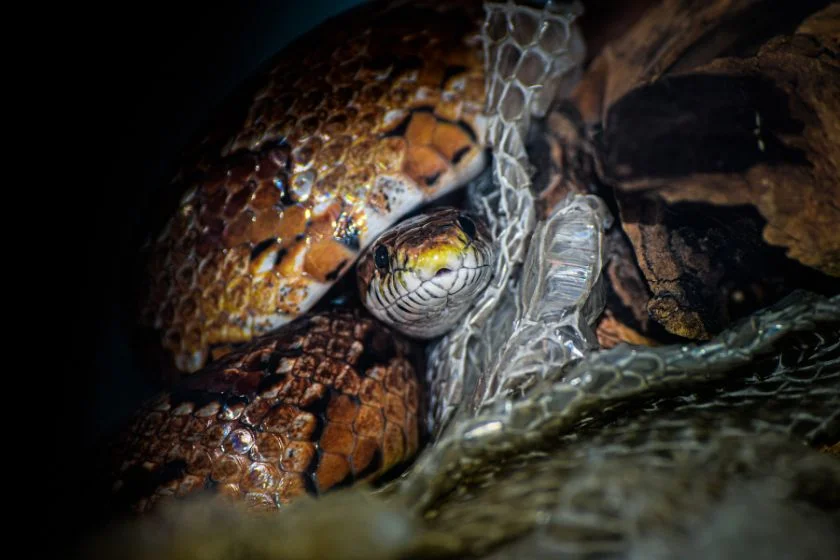
Some snakes eat their shed; others don’t. Due to these differences, you will get a “yes” and a “no” answer if you ask different snake owners.
Let’s look at two popular pet snakes people own and know whether or not they eat their sheds.
Do corn snakes eat their shed?
Corn snakes are typically known to eat their sheds as it has nutrients that are beneficial for them. However, there is no consensus on this. It may seem like not all corn snakes have this habit.
Do king snakes eat their shed?
For the king snake, there is little controversy. It often consumes its shed to get back its nutrient. They are opportunistic feeders, which makes them eat whatever is in sight.
Also See:
King Snake Vs Corn Snake: 6 Differences & Similarities
What Happens if a Snake Eats Its Shed?
The process of a snake feeding on its shed is known as autophagy, which occurs even to humans in a different way.
You shouldn’t be worried if you find your snake eating its shed. There is nothing harmful that occurs when a snake eats its shed. On the contrary, it has immense benefits.
Do Snakes Feel Pain When They Shed Their Skin?
There is no evidence that snakes feel pain when they shed their skin. Shedding is hardly a painful process for most animals, including these reptiles. Also, humans shed, and we don’t feel pain when we do.
Summary
Shedding is necessary for a snake’s growth and health, and any setback in this process can be detrimental to their health.
While some snakes eat their shed, others don’t. As a snake owner, you should provide the right environment for your snake to shed successfully
Featured Image Credit: bitis73 / Getty Images
